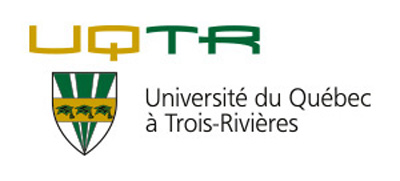Related projects
Discover more projects across a range of sectors and discipline — from AI to cleantech to social innovation.
Mitacs brings innovation to more people in more places across Canada and around the world.
Learn MoreWe work closely with businesses, researchers, and governments to create new pathways to innovation.
Learn MoreNo matter the size of your budget or scope of your research, Mitacs can help you turn ideas into impact.
Learn MoreThe Mitacs Entrepreneur Awards and the Mitacs Awards celebrate inspiring entrepreneurs and innovators who are galvanizing cutting-edge research across Canada.
Learn MoreDiscover the people, the ideas, the projects, and the partnerships that are making news, and creating meaningful impact across the Canadian innovation ecosystem.
Learn MoreWhile the collapse of Atlantic cod is the most well-known and studied, other less studied species, such as redfish Sebastes spp., have experienced comparable declines. These declines have resulted in the closure of the Gulf of St. Lawrence, northern and eastern Grand Bank and Labrador Shelf redfish fisheries since the mid-1990s, while reduced quotas are in place for the Laurentian Channel. While some redfish stocks declined, other stocks with more southern ranges remained stable or showed increased biomass. These dynamics and their potential causes have not been rigorously investigated. Our objective is to determine if complex dynamics in abundance can be described using two newer approaches of time series analysis for a single species whose population units are distinctly defined. We will use these two newer types of analyses, designed for relatively short, multivariate, non-stationary time series, to analyze trends in abundance for stock units of redfish Sebastes spp. in Canadian waters of the Northwest Atlantic and will relate these trends to external factors. We believe there will be distinct differences in which factors are most significant for each population unit.
Dr. Richard Haedrich
Jennifer Devine
World Wildlife Fund
Biology
Fisheries and wildlife
Memorial University of Newfoundland
Accelerate
Discover more projects across a range of sectors and discipline — from AI to cleantech to social innovation.
Find the perfect opportunity to put your academic skills and knowledge into practice!
Find ProjectsThe strong support from governments across Canada, international partners, universities, colleges, companies, and community organizations has enabled Mitacs to focus on the core idea that talent and partnerships power innovation — and innovation creates a better future.













































































































































































































































































































